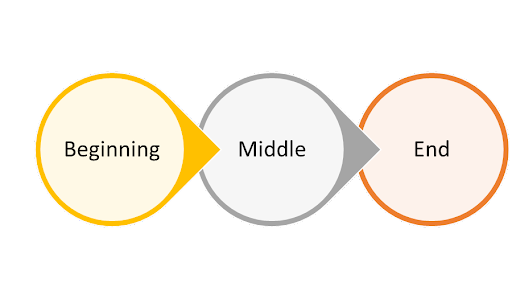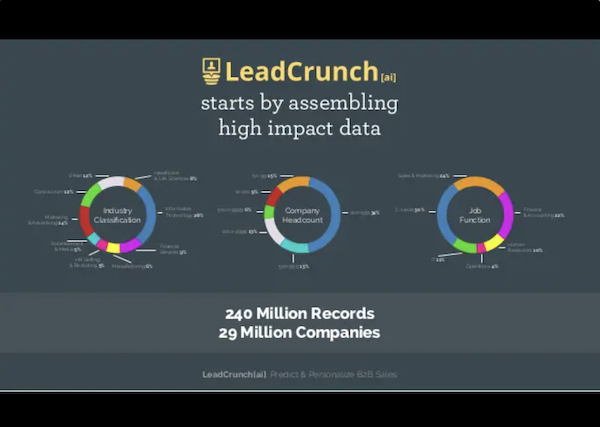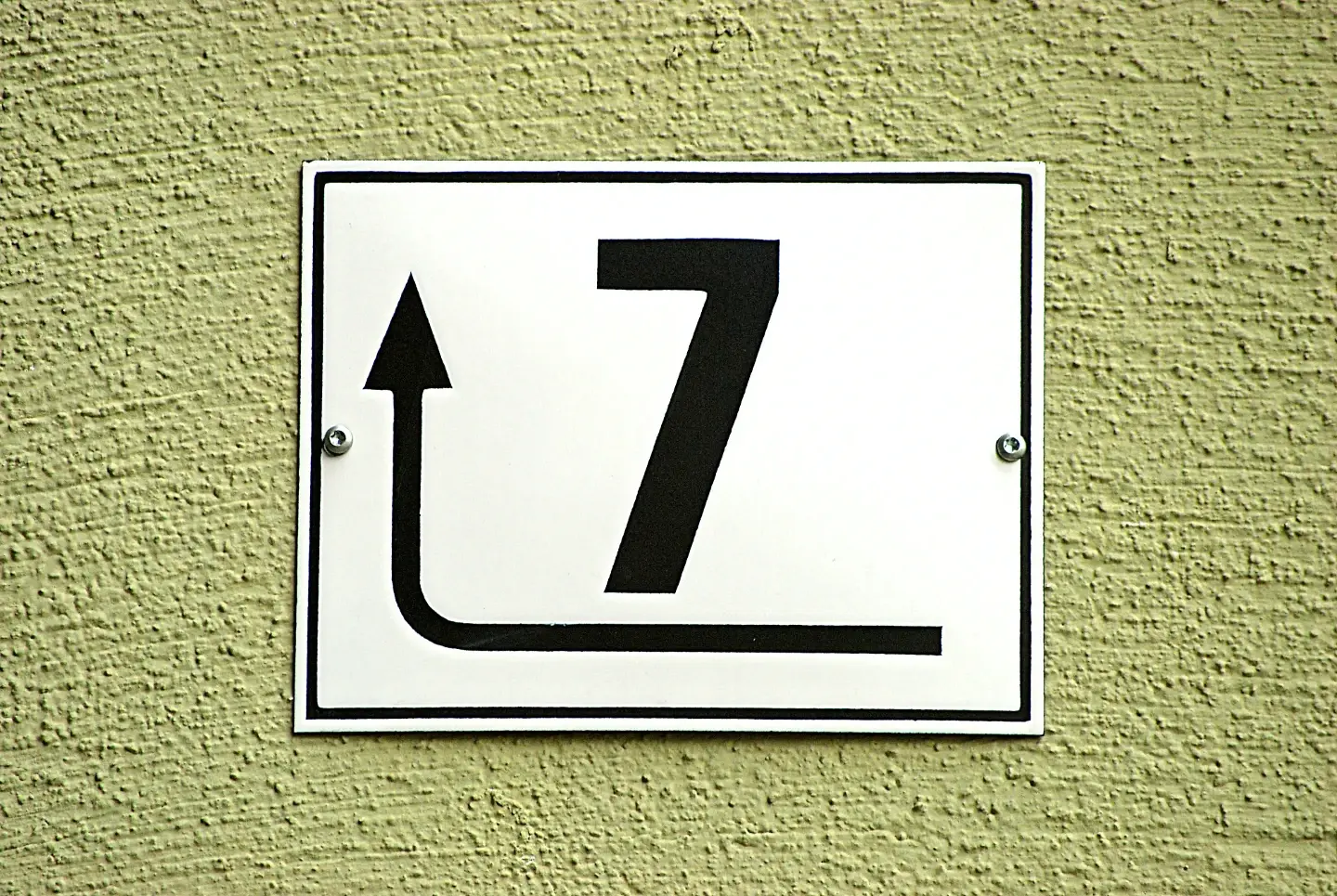Sales decks are a great way to close more sales, but you need to handle them correctly. A bad sales deck can hurt your chances of winning new customers. Keep reading to learn everything you need to know about sales decks, how to write them, and tips for using them to close more deals.
What is a sales deck?
A sales deck is a piece of sales content, usually a visual, slide-based presentation, that you can use to enhance your sales pitch. The purpose of the sales deck is to offer engaging visuals and extra information to encourage the prospect’s interest and lead to a sale.
Sales decks can be digital or physical. Digital sales decks are often produced as PowerPoint or slideshow presentations, while physical decks are bound as books or printed on large posters. Regardless of the format, a good sales deck can make all the difference to your sales efforts. It converts a potentially dull conversation into an engaging presentation.
Benefits of using a sales deck
How do sales decks improve your product pitches? There are three main benefits that these decks offer:
Better storytelling
Humans love stories, and a good sales deck is built to tell a story.
Well-designed sales decks tell the story that your prospects have a problem that can be solved, and your company’s product is the solution. More importantly, they include visuals that reinforce that story, such as graphs, charts, and before-and-after photos. This storytelling makes any sales pitch much more convincing.
Improved pitch structure
The storytelling aspect of sales decks has an additional benefit. The deck adds a fundamental sense of structure to the sales pitch. When your sales team follows the deck, there’s no risk of losing their train of thought, leaving out critical information, or wasting time on irrelevant details. The deck gives them structure, which leads to more professional and organized pitches.

Shaping a deck as a story with a beginning, middle, and end is a great way to keep prospects' attention.
Visual evidence of value
Pitches need to be kept reasonably short — even with a sales deck — or they can lose the prospect’s attention. That means that a verbal sales pitch can’t include all the details that might convince someone to become a customer.
However, a sales deck can include those extra details, such as statistics and social proof. The salesperson can simply state that customers love the product. The sales deck can then back this up with reviews, ratings, and testimonials that prospects can read for themselves. This kind of hard data and social proof is vital for making sales in the digital age.
How to make a sales deck
How do you write a great sales deck? It’s not as hard as you’d think. In fact, you can create a professional deck that closes sales with these three simple guidelines.
1. Tell a story
Before you put together a sales deck, you need to understand the story you want it to tell. How do you want prospects to perceive your company? What problems does your product solve? Once you’ve answered those questions, you can build a sales deck with a beginning, middle, and end that will keep prospects engaged.
2. Hit the prospect's pain points
The beginning of the sales deck story should focus on the prospect — they are the main character here. The sales deck should remind them about their current problems and the pain those problems cause.
For instance, a sales deck for a marketing service should remind clients how much stress and work it is to manage marketing independently. This part of the story encourages the lead to want a solution to their problems, priming them to buy.
3. Solve the problem
The middle of the deck’s story is simple: solve the prospect’s problems. In the beginning, you explained all the issues they face, and now it’s time to explain how your product will make those issues disappear.
For example, the hypothetical marketing sales deck above would explain how the service would save them time and effort and provide more consistent results over time. This helps close deals by giving the prospect a clear idea of how your product will make them feel better.
The end of the story is even easier: set up your product as the easy solution. Give the prospect a way to transition to using your product that's quick and painless.
Tips for creating a great sales deck
Even with a great deck, you’ll still need to do your homework before and after sales presentations. Here are a few tips that will lead you to closing a sale more often with any deck.
Present to all interested prospects
The more sales presentations you give with your deck, the more clients you’ll win. That’s why you should take steps to present your deck to every interested prospect, not just some. With an automated instant connect tool, you can immediately respond to all incoming leads, making it simple to schedule virtual or in-person sales deck presentations.
Customize visual content
The whole point of a sales deck is to add visual interest to your sales pitch. Step beyond basic PowerPoint templates and make your deck interesting. Add pictures, illustrations, and visually-striking graphs or charts to your deck. These elements both add depth to your presentation and keep the audience interested.
Rich graphics like this one from LeadCrunch make sales decks more engaging.
Always follow up
Finally, following up with your sales proposals is essential. Even the best sales pitch won’t generate immediate sales all the time. The person you present to will probably need to talk to others in their company before they get the go-ahead to make a purchase. Following up reminds them about your pitch and keeps the sale on track.
The easiest way to follow up on sales proposals is with consistent call and text campaigns. These campaigns give you a scheduled route to stay in contact with prospects, reducing the chance of your product slipping their mind.
By using sales automation tools like automated call and text campaigns, you can put these follow-ups on autopilot and never miss the opportunity to check in again.
Get started with sales decks today
Sales decks are a great way to make your product pitches more structured and engaging. By building your deck to tell a story, you can bring prospects with you on the path to closing the sale.
Sales decks are also an essential part of any digital sales room. They help create a living, digital environment for your prospects to engage with your sales collateral and get closer to closing a deal.
.webp)




